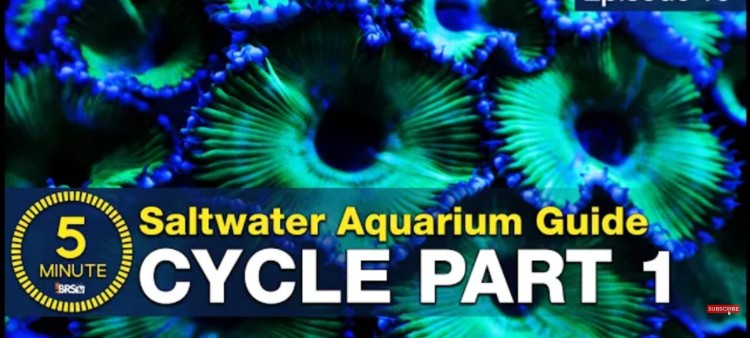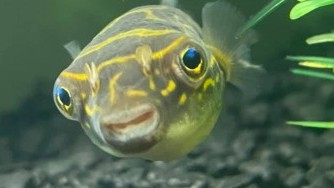A Beginner's Guide to Cycling Your Saltwater Like a Pro!
- Nov 15, 2021
- Anshika Mishra
- 157 0 0

In this article, we are going a step further than any other cycling article. Not just making the tank safe for fish, but showing you how to completely avoid a whole slew of challenges new reefer run into, the easiest and most stable path to success.
It is time to talk about cycling your reef tank. There are two challenges here, and the first is fish releasing toxic Ammonia into the tank through their gills and waste. Ammonia also builds up from uneaten food breaking down. So, the first step of a reef tank cycle is eliminating Ammonia from the tank, and that is today.
If you follow these steps, we strongly believe that your initial success rate will double, if not triple.
Eliminating Toxic Ammonia
The reason it is called the Nitrogen cycle is that a few things are happening here. First, the Ammonia from the fish is processed by bacteria in a much safer nitrite. Then a new bacteria process nitrite into nitrate, which in some instances is processed by another new bacteria into nitrogen gas, and bubbles out of the tank into the atmosphere where new organisms use the nitrogen.
The nitrogen cycle or this process feeds most of the life on the planet, but we use it in our tank to rapidly eliminate toxic Ammonia. All this is based on naturally-occurring bacteria, and it is going to populate your tank on its own and do that for you. You couldn't stop it if you water too.
How to Get the Cycle Going?
Most of this article is just about how fast that happens. There are a dozen ways to get the cycle going, eliminate Ammonia, and get the tank ready for fish. Simple paths with the least frustration often have the higher success rates, and success is our primary goal.
In that spirit, one of the highest success rate paths we have seen is to add a hardy fish like a clownfish and then protect it by adding a bacteria booster product to immediately elevate that bacteria populations that rapidly concerts the Ammonia and cycle the tank.
Do know that most of these bacterial booster products work well. We would not want to undersize, but you really cannot use too much. Add your first clownfish and pour in the entire bottle. The tank now has adequate bacterial for the fish and will populate the rock surface.
The bacteria population will scale with the amount of fish you have.
Testing Kits
As to how long this will take and how to know when it is done, a good practice is to pick up an ammonia test kit and test once a week. The Red Sea Test Kit gets the best reviews. Once the tank is reading zero Ammonia for a few weeks, it's ready for the next fish.
However, rather than just waiting a few weeks after Ammonia hit zero best practice is also to pick up a nitrate test kit and wait for that to hit zero as well. At the same time, safe nitrate will start to show up on your nitrate test kit. So you can be sure that your cycle is down that point and ready for the next fish.
If you want a test fr all this, the Red sea Marie Care Kit will give you all the cycle-related kits you need. Just a note on this process, it's the only time you will ever use many of these kits. After you have confirmed the cycle is done, the ammonia and nitrate test kits will be stored for the next tank.
After the cycle is down, it's safe to add another fish every few weeks. After you have a few in there, it's typically safe to add a couple at the same time, but with bigger fish, still, go one at a time.






About author